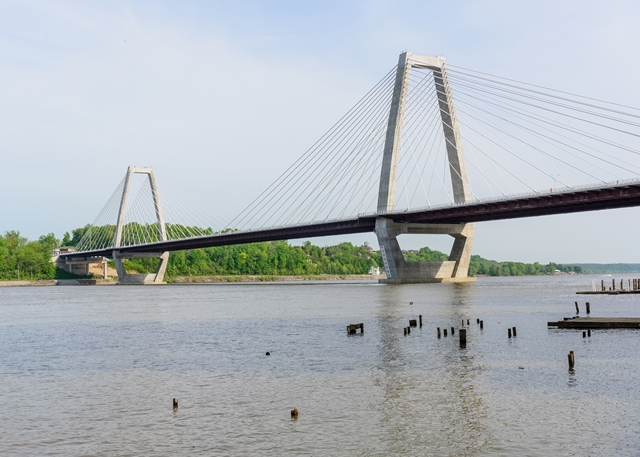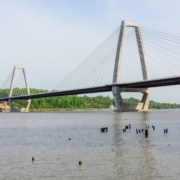How to Manage Workers Compensation Claims
The construction industry is no stranger to on the job accidents. In light of this fact, from minor injuries to fatalities, safety must be a top priority for both employers and employees.
When it comes to fatalities on construction sites, statistics show that more than half of these deaths are caused by just four factors. Falls account for approximately 34 percent of fatalities, struck-by-objects account for almost 10 percent, electrocutions for slightly more than 8 percent and caught in or between accidents for almost 2 percent. The construction industry also ranks 7th in the nation for nonfatal injuries.
In addition to the health and safety of workers, the costs associated with accidents in terms of workers compensation claims mean injuries and accidents on the jobs are extremely costly. While the direct cost of workers compensation claims—medical costs and wage payments—are easy to quantify, there are other factors that need to be considered as they can actually exceed direct costs.
Here is a list of some of the indirect costs incurred when an injury or fatality occurs on a construction site:
- Work stoppage
- Overtime
- Time spent on claim processing by management, supervisors, safety personnel, and others
- Hiring and training of replacement worker as well as lost productivity while replacement worker gets up to speed
- Clean up, repair, and replacement of equipment and/or machinery
- Fines
- Legal fees
- Third-party liability costs
- Damage to company’s reputation
- Rise in insurance costs
The U.S. Department of Labor projected that the construction industry is expected to grow by more than 20 percent from 2012 to 2022. This means that unless safety statistics improve significantly the amount paid in workers compensation claims will also grow significantly.
In order for a construction company to manage its workers compensation claims, the following steps should be taken:
- Implement a comprehensive and Occupational Safety and Health Administration injury prevention program.
- Make sure all employees and supervisors receive appropriate and ongoing safety training.
- Hold regular safety meetings.
- Develop a post-accident response protocol.
- Implement a return-to-work program that helps injured employees transition back to work following an injury.
- Manage open claims to make sure they are proceeding as they should.
Remember, the only way to y lower the overall cost of workers compensation claims is to lower the number and seriousness of claims. The best way to do that is to keep workers safe on the job.











































